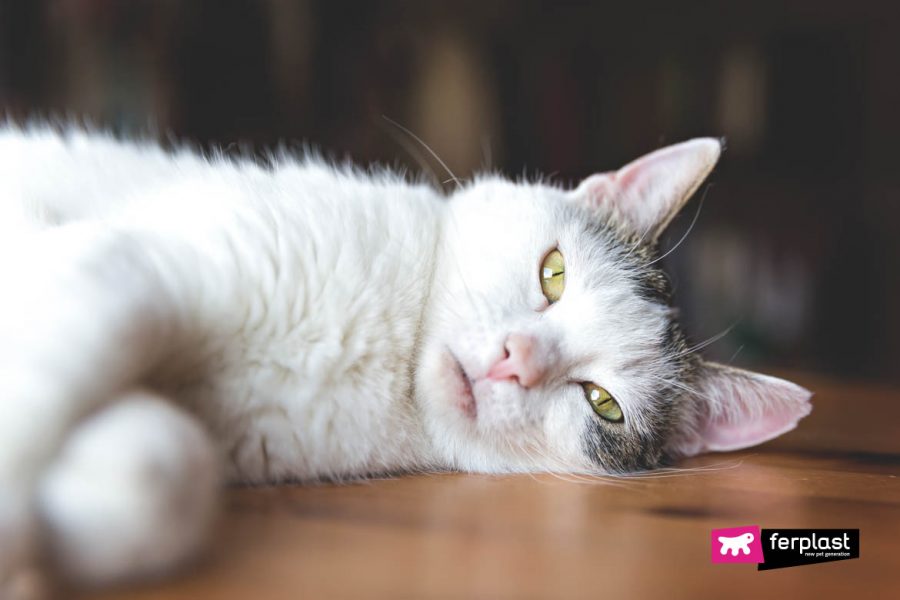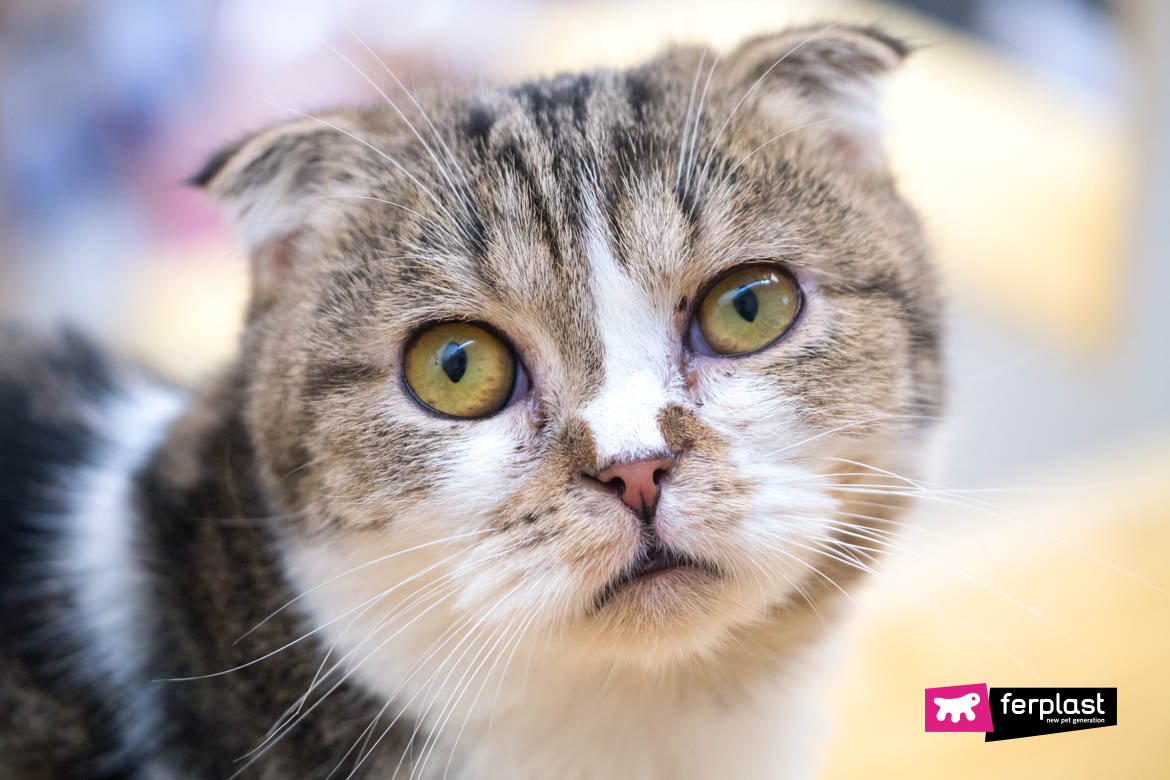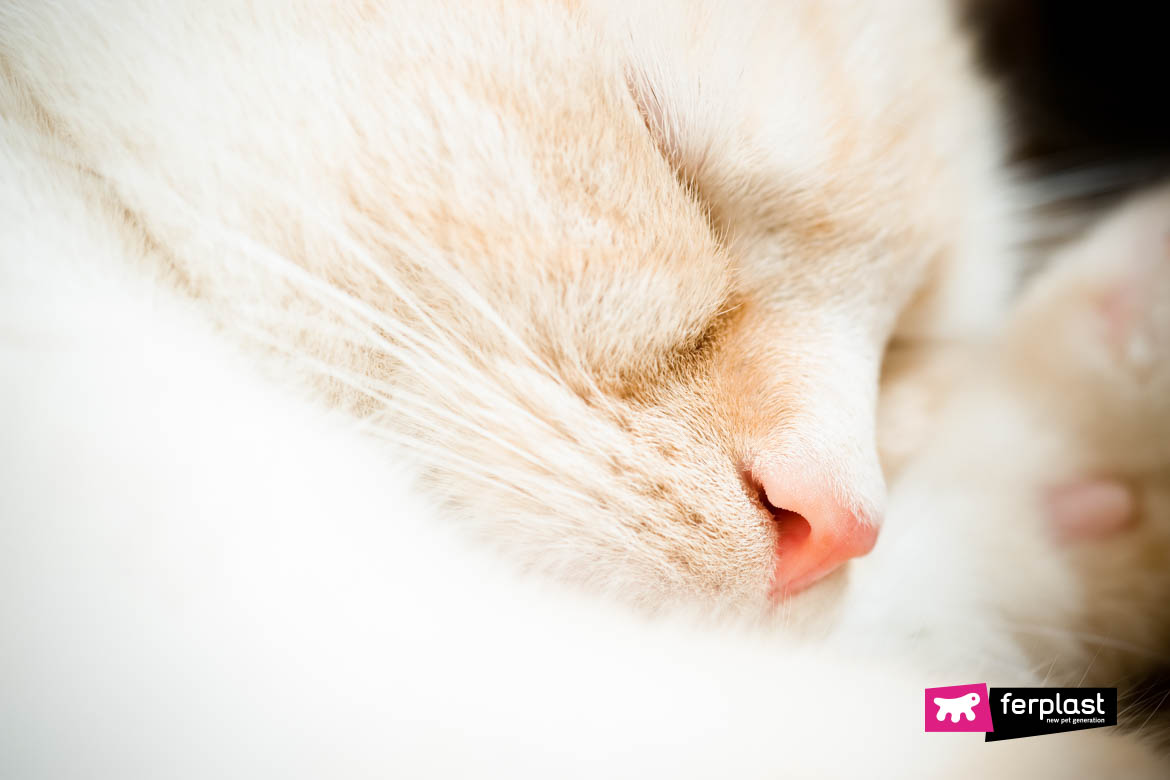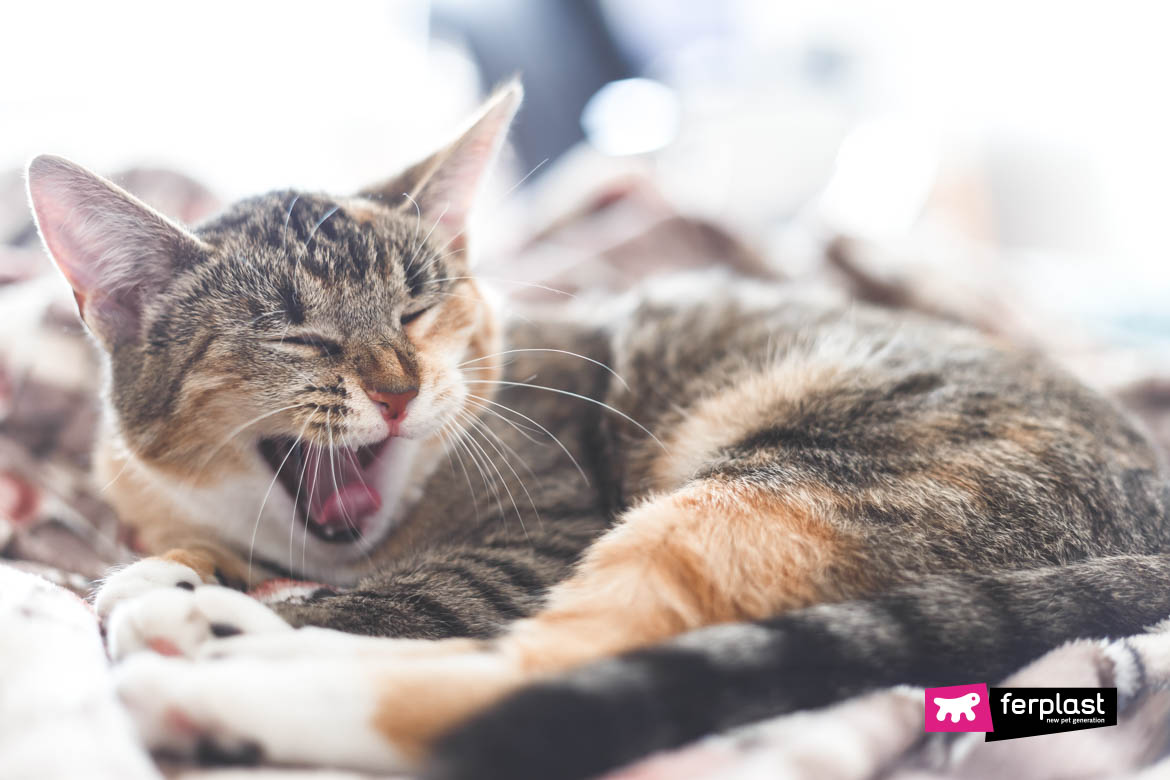If your cat has been less active than usual in the last few days, eating little and with a cold, she might have caught an infection on the airways, just like us humans – she may have the flu.
First and foremost, let’s make this clear: once you have assessed her symptoms, it’s crucial to take her to a vet, who’ll follow your cat from the clinical point of view and make sure she gets well quickly.
Flu symptoms in cats
Unlike humans, cats catch the flu from two different viral agents: feline calicivirus or feline herpes virus. Feline herpes can be lethal or leave serious chronic consequences, which is why it must be identified and treated as early as possible. Caliciviruses have less dangerous consequences, but should, in any case, be kept under control. Something else you need to know: cats cannot give us the flu.
The main symptoms are:
- Sneezing,
- Running nose,
- Running eyes,
- Sleepiness,
- Breathing through the mouth,
- Cough,
- Fever;
- Mouth sores;
- Lack of appetite.
Now that you’ve identified the symptoms, take your cat to her vet, who can prescribe the best treatment for her.
How to treat a cat with the flu
The vet will prescribe antibiotics, antiviral drugs, eye drops – but what can YOU do to help your little friend?
In addition to the regular treatment, you can help her with specific little things to help her recover soon and to keep the flu from evolving into something worse. The tips are the same we give to humans with the flu:
- Keep the rum humidified with a cold steam humidifier, to keep her airways from drying (this will help her get rid of the excess mucus);
- Try to make her drink as much as possible – this includes offering her humid food;
- Her appetite will be reduced, so treat her to her favourite foods;
- Wipe her nose with a warm, damp towel;
- Keep her in a warm, cosy room.
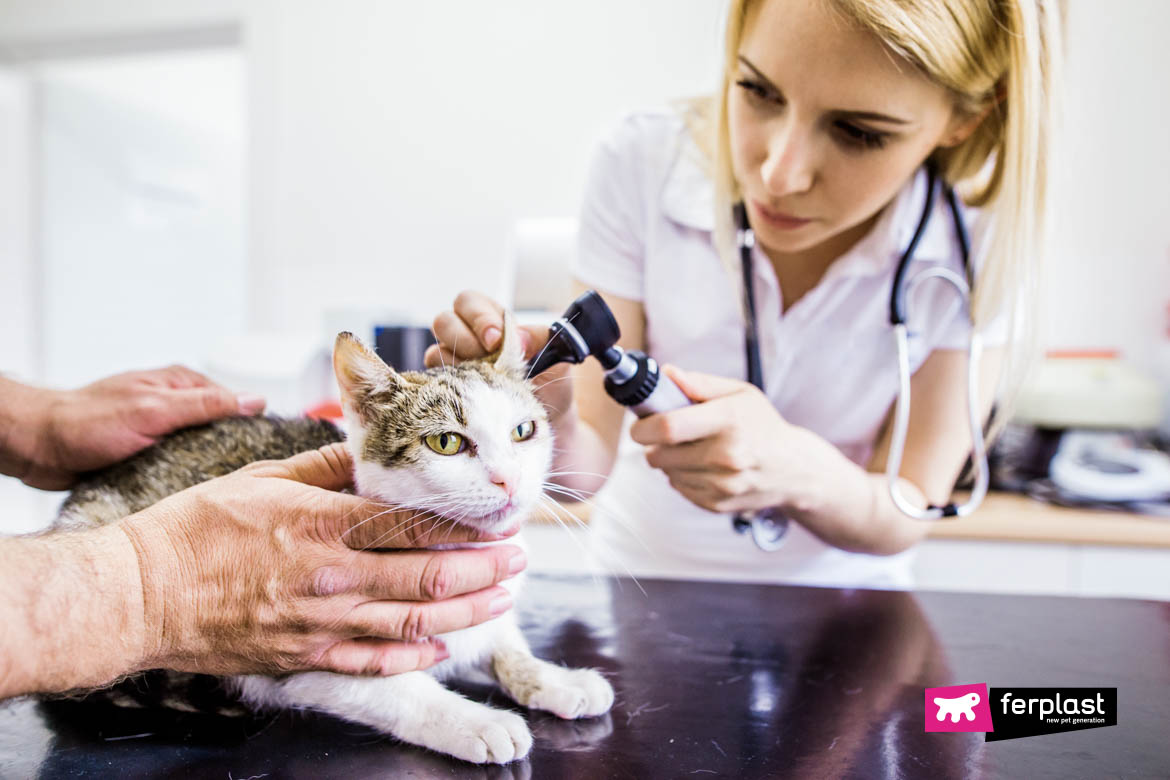
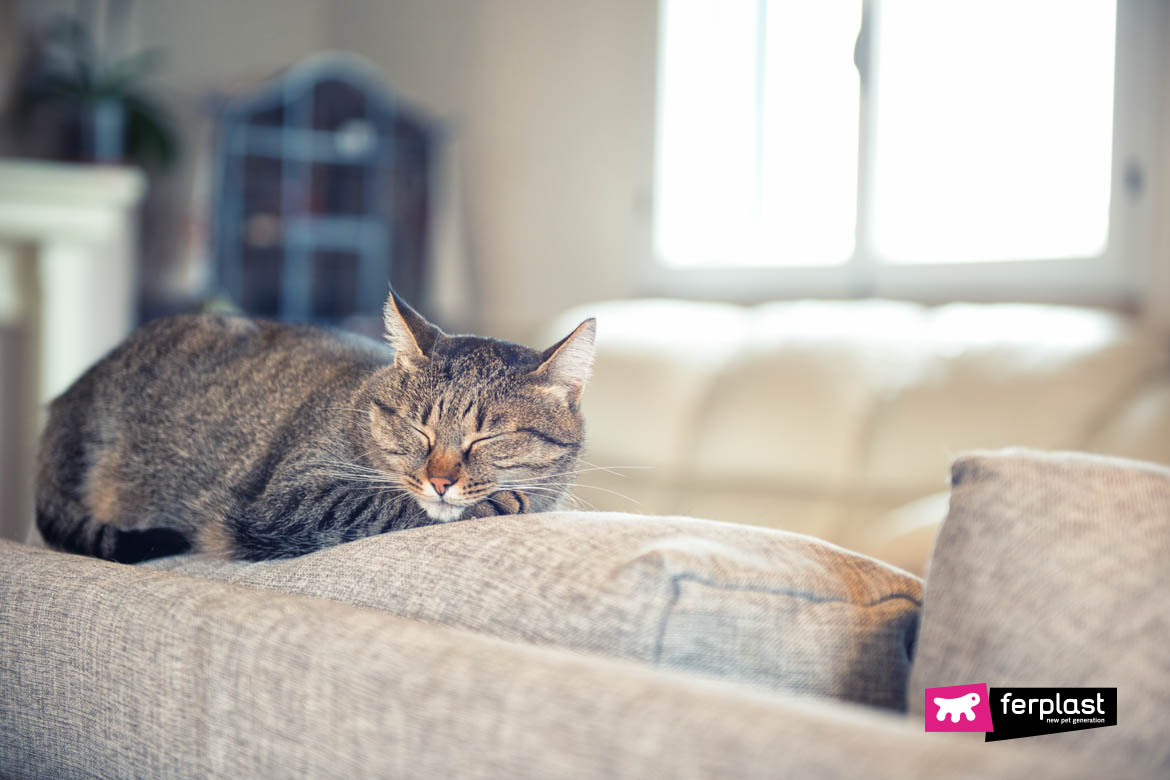
These are the main remedies to treat feline flu. It goes without saying that extra pampering is also a great support to your poor cat’s mood, so don’t forget that part.

